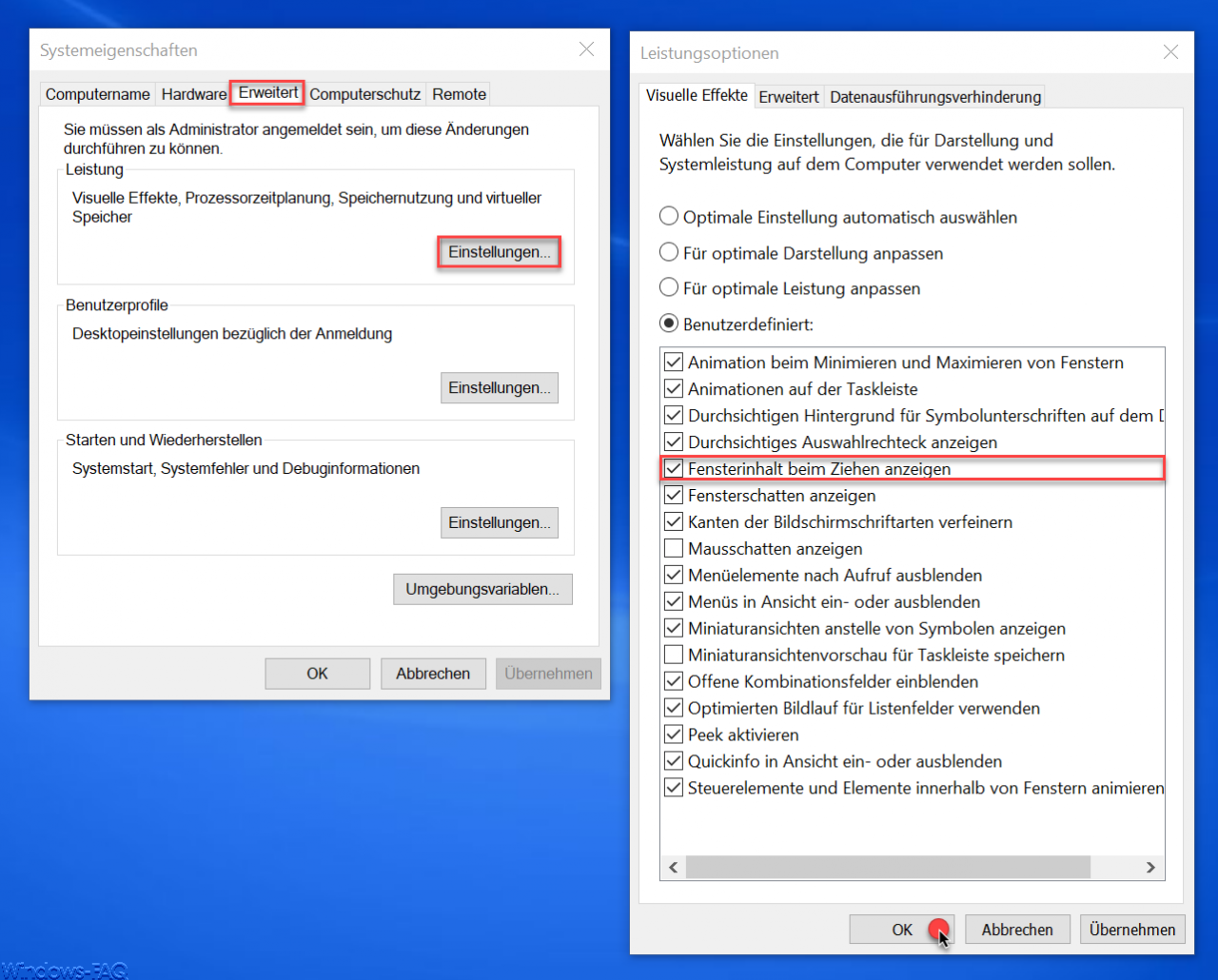
I could go back to using Get-Content, but the output would not be quite as readable. I still need to obtain the headers from the file to be able to make sense of the output. The command and the output are shown here (note that this command includes the file and the line number where the match occurred). Select-String -Path C:\fso\myprocesses.txt -Pattern iexplore To do this, all I need to do is to specify the path to the file, for example: In fact, I can use Select-String to parse the file and find the information all at the same time. I said that I do not need to resort to Get-Content at all. It is not ideal, but it does give me an idea of what is going on, and I can line up the column headings well enough to decipher the output. I can then use the previous command to display the column details, as shown here: Get-Content C:\fso\myprocesses.txt -TotalCount 2 The first is to use the Get-Content cmdlet and return only the first two lines from the file. I can use two commands to get the column headings. I can simply use Select-String to find the information I need. The problem with this command, is that I cannot tell what the columns of numbers mean. The command and the output from the command are shown here: Get-Content C:\fso\myprocesses.txt | Select-String 'iexplore' If I use the Select-String cmdlet to read the log file and to look for instances related to the iexplore process, I might use a command such as this: I am assuming the command you used was something like the following: You say that you have a log file you created by using Get-Process.
#View contents of windows clipmate keygen

In fact, it is not too hard at all." First the log file I am checking my email sent to and BU, I ran across your email. And I do mean sore all over.Īnyway, the Scripting Wife bought me a nice one-pound bag of English Breakfast tea, so I am sitting here, trying to cool down, sipping a cup of English Breakfast tea with a cinnamon stick in it, and thinking about rejoining the world of the living. After the weekend, I start to feel good, and then BOOM!-I go back and I am sore all over again. It seems that when I go see my trainer, I come away sore. Microsoft Scripting Guy, Ed Wilson, is here. I know I can do this with a script, but I don’t want to write a script to accomplish this task. I am wondering what I can do to get the column headers in addition to the process information to show up in my output. The problem is that when I find the instance, I do not know what the columns mean. It is quite long, and I am trying to use Select-String to find the number of instances of a certain process.

Hey, Scripting Guy! I have a log file that I created by dumping process information from Get-Process. Summary : Use the Windows PowerShell cmdlet, Select-String, to view the contents of a log file.


 0 kommentar(er)
0 kommentar(er)
